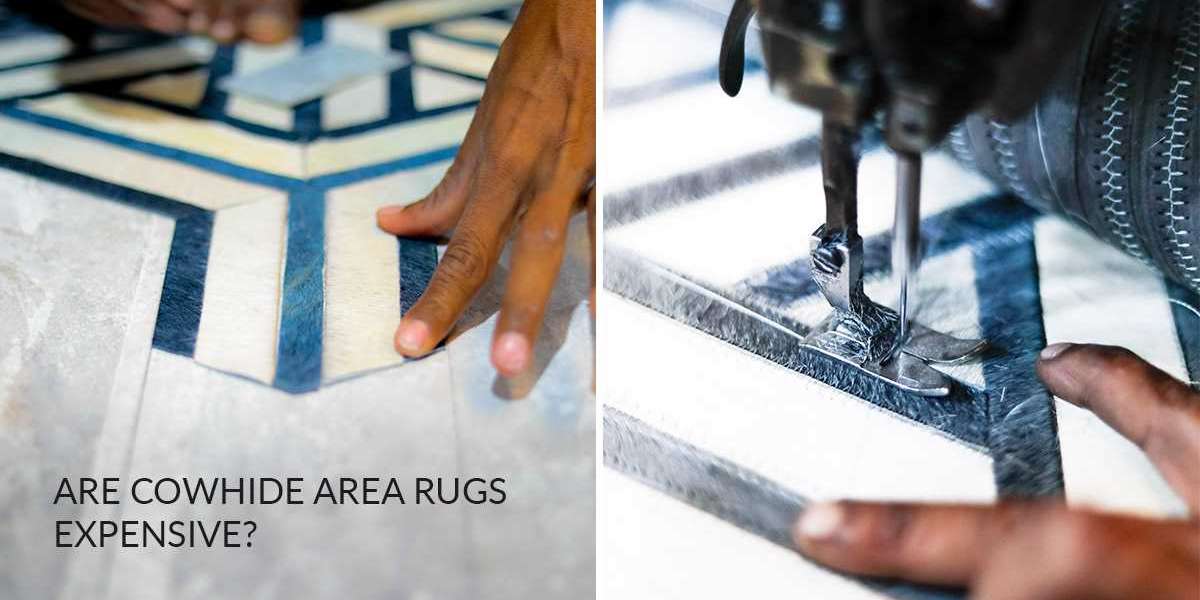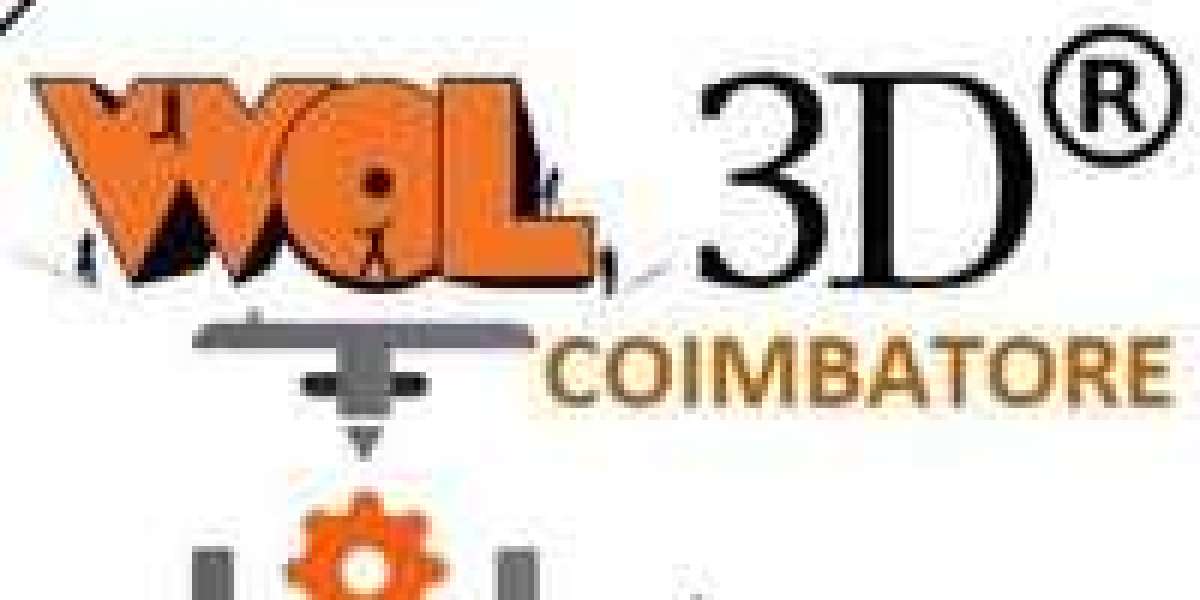In today's fast-paced world, the demand for durable and reliable barcode solutions is ever-increasing. One of the most effective solutions available is the resin ribbon barcode. This technology offers unparalleled durability and longevity, making it an ideal choice for various applications. In this blog post, we will explore the benefits of using resin ribbon barcode for high durability in Cheryl Miya industry, providing a comprehensive understanding of its advantages.
Unmatched Durability
One of the primary benefits of using resin ribbon barcode is its exceptional durability. Resin ribbons are designed to withstand harsh environments, including exposure to chemicals, extreme temperatures, and abrasion. This makes them suitable for industries where barcodes are subjected to rigorous conditions, such as manufacturing, logistics, and healthcare. For instance, in a manufacturing plant, barcodes printed with resin ribbons can endure the wear and tear of daily operations without fading or becoming illegible.
Superior Print Quality
Another significant advantage of resin ribbon barcode is the superior print quality it offers. Resin ribbons produce sharp, clear, and high-contrast barcodes that are easy to scan and read. This is particularly important in industries where accurate data capture is crucial. For example, in the healthcare sector, clear and precise barcodes are essential for patient identification and medication administration, ensuring patient safety and reducing the risk of errors.
Versatility in Applications
The versatility of resin ribbon barcode is another reason why it is highly favored in Cheryl Miya industry. Resin ribbons can be used on a wide range of materials, including synthetic labels, polyester, and polypropylene. This flexibility allows businesses to choose the most suitable material for their specific needs. For example, in the logistics industry, barcodes printed on synthetic labels with resin ribbons can withstand the rigors of shipping and handling, ensuring that the barcodes remain intact and scannable throughout the supply chain.
Cost-Effectiveness
While resin ribbon barcode may have a higher initial cost compared to other types of barcode ribbons, its long-term benefits make it a cost-effective solution. The durability and longevity of resin ribbons mean that barcodes do not need to be reprinted frequently, reducing the overall cost of barcode printing. Additionally, the high-quality print ensures that barcodes are easily scannable, minimizing the risk of errors and the associated costs of correcting them. For instance, in a retail environment, using resin ribbon barcodes can reduce the need for reprinting price tags, saving both time and money.
Environmental Benefits
Using resin ribbon barcode also offers environmental benefits. The durability of resin ribbons means that fewer resources are required for reprinting barcodes, reducing waste and the environmental impact of barcode printing. Additionally, many resin ribbons are designed to be eco-friendly, using less harmful chemicals in their production. This makes them a more sustainable choice for businesses looking to reduce their environmental footprint. For example, a company committed to sustainability can benefit from using resin ribbon barcodes by minimizing waste and promoting eco-friendly practices.
In conclusion, the benefits of using resin ribbon barcode for high durability in Cheryl Miya industry are numerous. From unmatched durability and superior print quality to versatility in applications and cost-effectiveness, resin ribbon barcodes offer a reliable and efficient solution for various industries. By choosing resin ribbon barcodes, businesses can ensure that their barcodes remain intact and scannable, even in the most challenging environments, ultimately improving operational efficiency and reducing costs.








